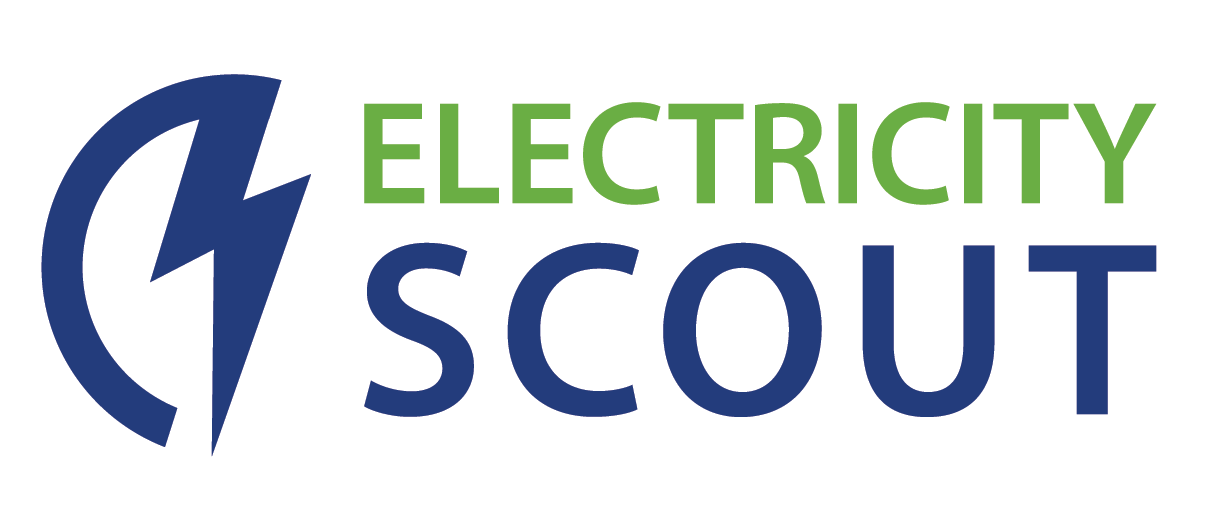The February 2021 winter storm acquainted millions of people with a fact that few knew beforehand — Texas is on its own electric grid.
Like Bob Dylan, Texas chose to go solo electric largely due to its independent spirit. It was quite the shift. There are just three electric grids in the continental United States: the Eastern Interconnection (states to the east of the Rocky Mountains), the Western Interconnection (the Rocky Mountains to the Pacific Ocean) and, you guessed it, the Texas Interconnected System.
The story behind this begins in the late 1800s. Edison began producing electricity in 1882 in Manhattan, and Texas followed suit with its own small power plants soon after. It wasn’t until the World War I era that Texas electric companies began joining forces and connecting their grids.
By World War II, the Texas Interconnected System was officially born. Several electric companies used the confederation to tie into large dams along Texas’ rivers, which also helped deliver additional electricity to factories during wartime.
Here’s where the plot thickens. The formation of the Texas Interconnected System appeared to have an ulterior motive, as in 1935, the Federal Power Act was signed by FDR. Under this law, an oversight committee called the Federal Power Commission now had the power to compare electricity rates and sales across state lines.
The sticking point? Texas’ power grid did not cross state lines. That put it outside of the jurisdiction of the Federal Power Commission and the Federal Power Act.
Texas had little trouble providing its own power. Self-reliance was quite easy thanks to an abundance of natural gas, oil, and coal in the state, particularly in the early days when its population was around 20% of what it is today.
Texas’ electricity grid covers most of the state, except El Paso, some of East Texas, and the northern portion of the Panhandle. These three areas receive power from the Eastern Interconnection largely due to their history and geographical location.
The formation of the Electric Reliability Council of Texas, or ERCOT, occurred in 1970 in response to a major blackout five years prior. This blackout left the northeastern U.S. and Ontario without electricity for half a day. It made it clear that some oversight was necessary to ensure similar problems did not befall Texas. Federal regulations prompted the creation of ERCOT, but the state still operated largely on its own terms.
In 1995, Texas deregulated its wholesale electricity market, and in 1999, they passed SB-7 to deregulate the retail electricity market completely. By 2002 the state had completed its restructuring. Texas now stood alone with its own electricity market, with an Energy Management System in place to ensure competitive energy rates among Texas electricity providers.
Truth be told, ERCOT is not exactly an island. The grid can receive energy from other locations when needed, as was the case during the 2011 rolling blackouts when ERCOT received power from Mexico. It is also connected in two locations to the Eastern Interconnection, though a lengthy legal battle ruled in favor of Texas retaining its lack of federal regulation.
If you want to compare Texas electricity rates, visit Electricity Scout. We make it easy to find the best cheap electricity available.

